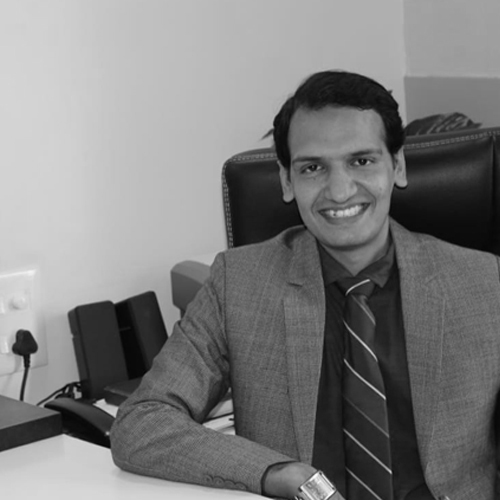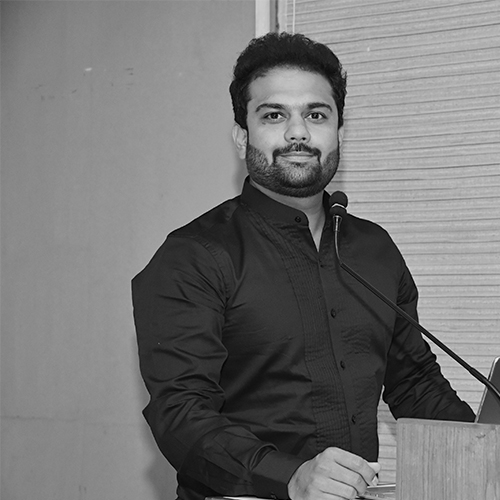FAQS on Stroke Part-3
What is thrombectomy, and when is it used?
Thrombectomy is a surgical procedure to remove a blood clot from a brain artery. It is used in some cases of ischemic stroke, especially when the clot is large or located in a major artery.
What is rehabilitation therapy after a stroke?
Rehabilitation therapy is a crucial part of recovery after a stroke. It helps individuals regain lost skills and functions, such as speech, movement, and cognitive abilities.
What types of therapy are typically included in stroke rehabilitation?
- Physical therapy: To improve strength, balance, and coordination
- Occupational therapy: To help with daily living activities, such as dressing and bathing
- Speech therapy: To improve speech, language, and swallowing
- Cognitive therapy: To address cognitive impairments, such as memory problems
How long does stroke rehabilitation usually last?
The duration of stroke rehabilitation varies depending on the individual's needs and progress. It can last for several weeks, months, or even years.
Can a person fully recover from a stroke?
The extent of recovery after a stroke varies from person to person. Some individuals may make a full recovery, while others may have lasting disabilities. The severity of the stroke, the promptness of treatment, and the individual's overall health can influence the outcome.
What are some challenges people may face after a stroke?
- Physical limitations: Difficulty walking, talking, or using their arms and legs
- Cognitive impairments: Memory problems, difficulty concentrating, or changes in mood
- Emotional challenges: Depression, anxiety, or frustration
How can I reduce my risk of stroke?
- Controlling high blood pressure
- Managing high cholesterol
- Quitting smoking
- Maintaining a healthy weight
- Eating a healthy diet
- Regular exercise
- Limiting alcohol consumption
- Taking prescribed medications as directed
What lifestyle changes can help prevent stroke?
- Eating a healthy diet rich in fruits, vegetables, whole grains, and lean protein
- Regular physical activity, such as walking, swimming, or biking
- Quitting smoking or avoiding secondhand smoke
- Limiting alcohol consumption
- Managing stress through relaxation techniques
How important is regular exercise for stroke prevention?
Regular exercise is crucial for stroke prevention. It helps lower blood pressure, improve cholesterol levels, and reduce the risk of heart disease, which are all risk factors for stroke.
What is a healthy diet for stroke prevention?
- Fruits and vegetables
- Whole grains
- Lean protein
- Low-fat dairy products
- Limited saturated and trans fats









